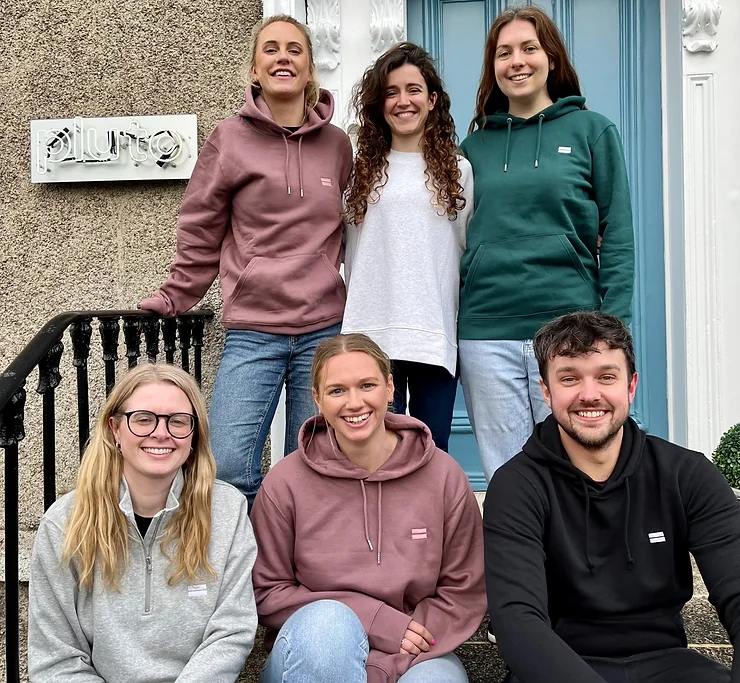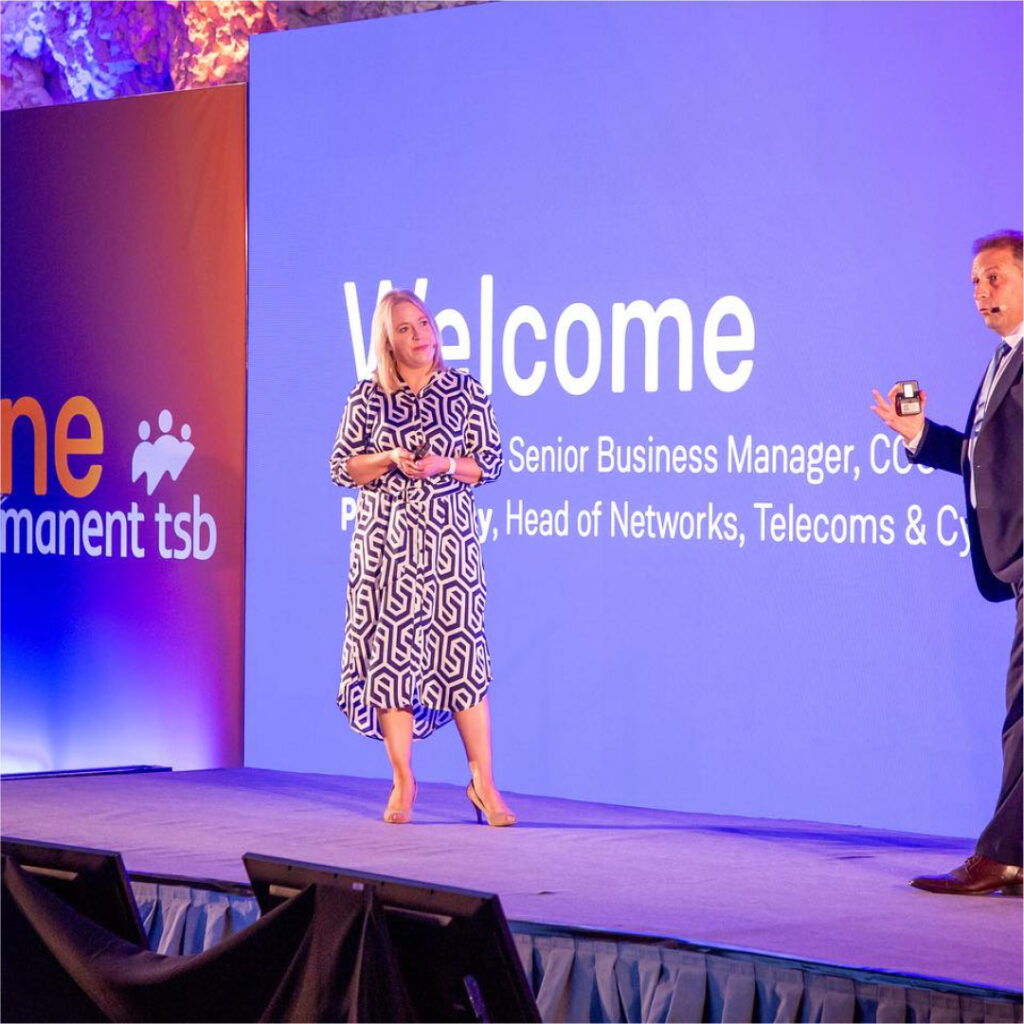Nothing beats a live experience. To say that a virtual event can completely take the place of an in-person, physically attended event, is like saying attending a brilliant football game in a phenomenal stadium is the same as watching it on-line or that the sense of atmosphere and adrenaline that concert goers experience when then attend a brilliant music spectacle is the same as lis
tening to it on Spotify. Nonsense of course! Why? Because the value of human connection is enormous, a deep physiological need in all of us.
But in an emerging world, as a global community, we are now redefining what a live experience is. To assume that things will go back to what we once knew them as in a matter of months is naïve – although optimism is an important component of resilience.
Social Distancing is here to stay. Until a vaccine is found, produced and distributed globally, event attendees are at risk of Covid-19 exposure, as are their personal and professional contacts.
The Now is Virtual
Virtual events have always had great environmental and financial benefits. The strength of data analysis reporting, scalability and cost effectiveness can not be overlooked. And for the delegate, the opportunity to partake at your own pace, in your own time-zone, via streaming or participating after the event if live isn’t an option is priceless.
We have been producing virtual event experiences in their own right for many years and also as an option for those who can’t attend an in-person event for whatever reason. Brilliant digital collaboration, live chat and engagement tools are available to us all, with endless graphic opportunities, walk-through room, live streaming and the opportunity to input and deliver content in exactly the same way as would otherwise be delivered. We create staged fire-side chats, video content, entertainment, audience participation – the list is endless.
We now need to be more aware than ever that the attraction of a virtual event is being slightly diminished by our current use of video conferencing in our new day to day, working from home, world. The use of Zoom, Teams, Slack, Skype etc are now the main forms of communication with your colleagues, so the risk of virtual overload is real! But for now and the unforeseeable future, virtual events are phenomenal and vital communication channels.
Internal Comms & HR teams with responsibility for employee welfare, as well as performance and communications, have been particularly challenged at this time. As we look to the future, they know that never before has communication with their internal audience been as important. They are aware that to think about postponing content delivery until ‘it all blows over’ is just not an option. Many employees working from home have grave concerns about their futures and the future direction of the companies that they work for. Waiting around, is time-wasting. Successful employee engagement will be based on the ‘now’ and on the assumption that social distancing will be here, in one shape or another, for many months and possibly years to come.
The balance of communicating with their greatest asset, their employees, while not compromising their safety nor their sense of value is a tightrope not walked in recent times by anyone in the industry.
Of course, the virtual event poses its own challenges for the organiser. The audience environment isn’t as controlled as it would be with an in-person event – delegates can get distracted as they compete with their inbox, their phone and their home environment – kids, pets, partners, you name it! However the quality of the conference itself, when planned and executed properly, is truly excellent.
The Future is Hybrid
When, where, how and in what format an internal corporate event takes place, won’t be dictated by Government policy, it will instead be agreed upon by HR Departments and Senior Internal Comms Teams as they grapple with other production flow issues, such as social distancing in an office environment as their teams eventually return to their workplaces.
When in-person events do return, they will need to alleviate the fear of attendees and safety will be paramount. Empathy will need to prevail, and a heartfelt understanding of employee fear will need to be recognised. The ability or willingness of those with compromised immunity, or who live with someone whose is considered high risk, to attend virtually, should and will be respected. Travel may not be a risk that employees want to take, or they may be prevented from travelling because of varying boarder and movement restrictions until a vaccine is found.
There may be a period of course where we have a treatment before a vaccine, but even with a treatment, the reluctance for organisations to expose their teams unnecessarily will prevail. A hybrid solution of an in-person and a virtual event may remain the norm for many years. Streaming has always been an option for those who couldn’t attend but the challenge will be to ensure that the delegate that partakes virtually feels absolutely as valued as the in-person delegate with plenty of opportunity to engage verbally in Q&A’s, chat rooms etc. Even the swag should be sent to that person before or after the event. All delegates are equal in the eyes of their employers and therefore they must be treated the same no matter what the format or location.
The in-person part of the event will also have changed beyond recognition as health compromise of delegates is alleviated. Seating styles, catering distribution and consumption, team engagement exercises and travel will all change as hygiene processes and distancing measures dominate. Behaviour such as handshaking and hugging will be no-more and queuing for registration badges will become a thing of the past. Costs will increase with greater floor space required to accommodate all delegates and staff in keeping with safe distancing requirements.
Pre-comms correspondence will need to include health checklists and quarantine restrictions of the delegates home country will need to be considered. Government restriction lifting will not automatically change human behaviour, reports from parts of Asia suggest that although businesses have been allowed to reopen where they are compliant with social distancing, the general public are slow to return. So therefore, general discomfort and suspicion around other delegates will too take time to disappear – who wants to sit beside the poor unfortunate delegate that has to clear their throat!
Although the return of outdoor festivals and concerts may seem less harmful than events held in more confined spaces, it’s always been slightly challenging to wash your hands without warm running water at any festival – with many attendees desperate to shower properly on their return home. And in camp sites with tents in very close proximity to each other, many challenges here will need to be addressed to.
Conclusion
Arguably, the greatest takeaway you might receive at any conference is the unexpected relationship that you struck up with someone in the car park on your way in, or whom you met during the coffee break. We are part of an event community. When we attend an event, we are there with like-minded individuals, colleagues, fellow professional or fans.
Replicating that sense of community with a virtual event is a challenge. The spine-tingling emotion that the delegate experiences through a particularly powerful piece of content or speech and the loyalty and value that they feel towards their place of work, after a successful day at a conference – away from the office – is unique.
In some ways the knowledge transfer of a live in-person event, is second to that community experience and that memory.
Events have the power to create long lasting emotional brand connections and memorable, powerful experiences. But for now, and into the future, we are fortunate to have the incredible tools and technology to emulate very closely those experiences of live events.






















